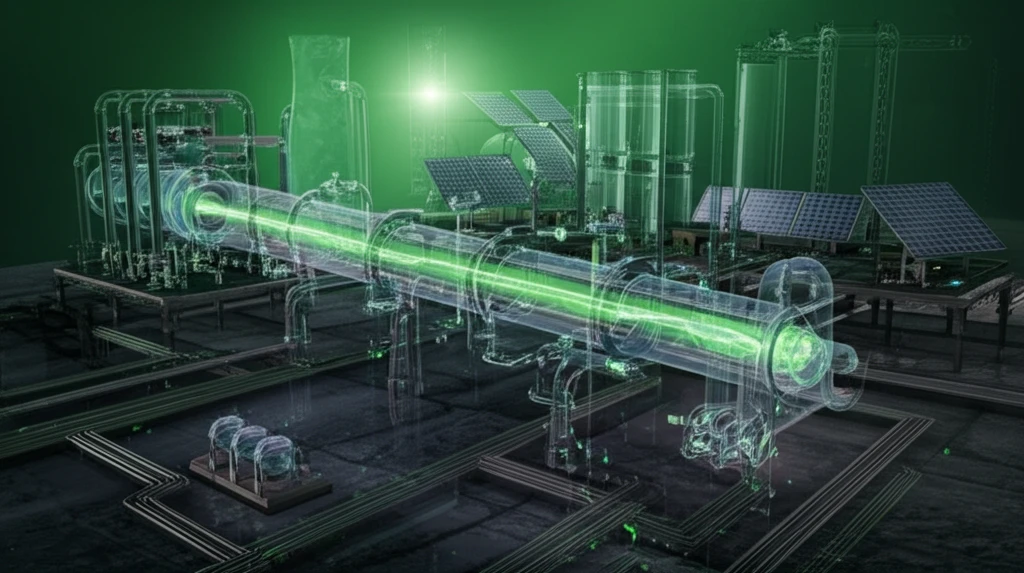
Beyond the Black Box: How Multi-Component Efficiency Analysis Can Revolutionize Sustainability
"Unlocking Hidden Potential: Exploring Efficiency and Returns to Scale in Multi-Component Systems for Environmental Progress"
In a world increasingly focused on sustainable practices, businesses and organizations are constantly seeking ways to optimize their operations and minimize their environmental impact. Traditional methods of efficiency analysis often fall short by treating complex systems as 'black boxes,' obscuring critical details about internal processes. This approach can lead to superficial improvements and missed opportunities for significant gains in sustainability.
Enter multi-component efficiency analysis, a sophisticated technique designed to dissect complex systems into their constituent parts. By evaluating each component's performance and interactions, this method provides a more nuanced understanding of overall efficiency and potential areas for improvement. One particularly powerful tool in this arena is Data Envelopment Analysis (DEA), which allows for the comparative assessment of different units or processes.
This article delves into the world of multi-component efficiency analysis and explores its applications in sustainability, especially within environmental contexts like pollution treatment. We'll unpack how this approach differs from traditional methods, highlight its benefits, and showcase real-world examples of its impact. Whether you're a sustainability professional, a business leader, or simply someone interested in a more efficient future, this exploration promises valuable insights.
Why is Multi-Component Analysis Better Than the 'Black Box' Approach?

The traditional 'black box' approach to efficiency analysis treats an entire system as a single, undifferentiated unit. While this method can provide a general overview of performance, it fails to capture the intricacies of internal processes and the interactions between different components. This lack of granularity can obscure inefficiencies and limit the effectiveness of improvement efforts.
- Pinpointing Inefficiencies: By analyzing individual components, it becomes easier to identify specific areas where resources are being wasted or processes are underperforming.
- Optimizing Resource Allocation: Understanding the efficiency of each component allows for a more strategic allocation of resources, directing investment towards areas with the greatest potential for improvement.
- Enhancing System-Wide Performance: By addressing inefficiencies at the component level, multi-component analysis can lead to significant improvements in the overall performance and sustainability of the entire system.
- Facilitating Innovation: A deeper understanding of internal processes can spark innovation by revealing opportunities to redesign or optimize components for greater efficiency.
The Future of Sustainable Efficiency
Multi-component efficiency analysis represents a significant advancement in our ability to understand and optimize complex systems for sustainability. By moving beyond the limitations of the 'black box' approach, this method provides the detailed insights needed to drive meaningful improvements in environmental performance. As businesses and organizations increasingly prioritize sustainability, expect multi-component analysis and tools like DEA to become indispensable for achieving a more efficient and environmentally responsible future.
